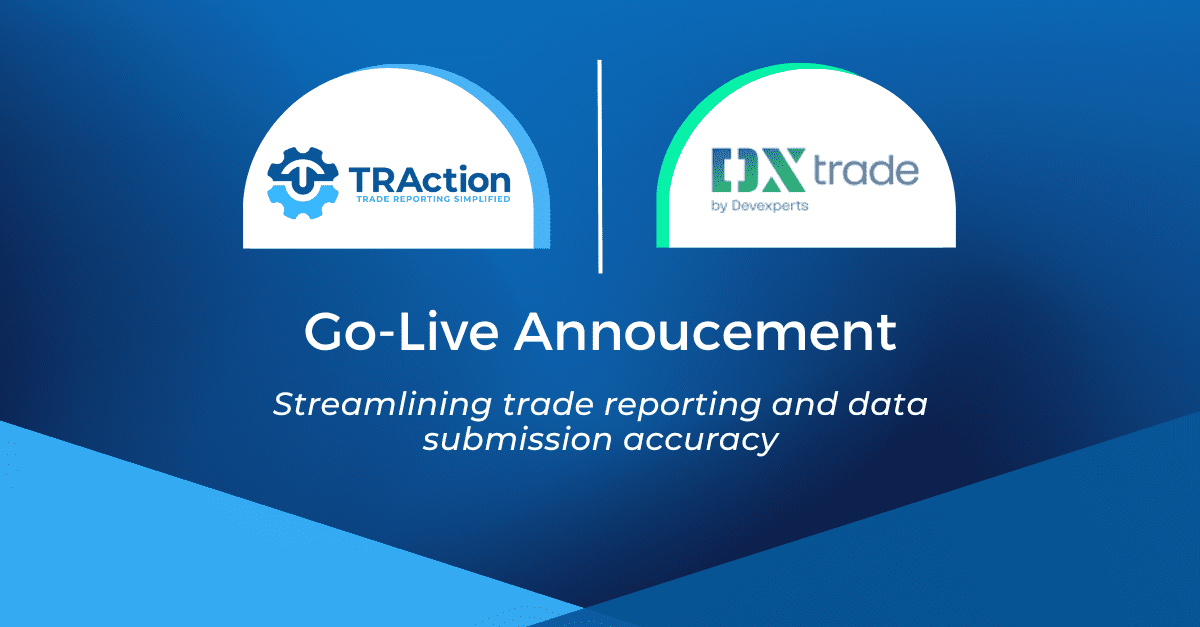Corporate actions bring about material changes to an organisation and impact its stakeholders, including both stock and debt holders. To be implemented, the decision generally needs to be approved by the company’s board of directors, the shareholders or both as the corporate action directly affects the securities issued by the company.
What are Corporate Actions?
Stock splits, dividends and acquisitions are all types of corporate actions. Companies undertake each of these for a range of reasons, for example reducing the price of their shares to make them more accessible to a wider range of investors, to return capital to shareholders and to expand and cut costs through synergies with another business.
Key Corporate Actions
- Stock splits & reverse stock splits: A company will undergo a stock split when they feel that their share price is sufficiently high that it is stopping investors from being able to buy and therefore depressing the value of the business. The company will decide to increase the number of outstanding shares, represented as a ratio, for example 4:1. This means that a shareholder will receive 4 shares for every 1 that they hold, increasing the total float 4-fold and therefore, theoretically reducing the share price by the same margin.
- Company name or ticker change: From time to time, a business may decide to change their directory and establish a new business model to expand their operating leverage or target a growing industry once they are in the decline phase of their sector. As such, they may rebrand, changing their ticker and as such must often change their CUSIP number. A recent example is Facebook who transitioned into META in an attempt to diversify their revenue.
- Mergers & Acquisitions (M&A): If a company is able to identify synergies with a different business that they can use to leverage their infrastructure, customer base or to reduce costs through vertical integration, they may attempt a takeover or propose a merger to achieve these results. The resulting company may trade under one of the original tickers and names or under an entirely new entity, with both results potentially leading to a different share price and float.
Effects on Trade Reporting?
Stock splits, M&A and ticker changes all have effects on trade reporting and as a result need to be handled accordingly.
- Stock splits & reverse stock split: By nature, stock splits will increase or decrease share price and shares outstanding. This means that any open positions need their price and quantity adjusted such that the notional and mark to market value remains the same.
- Company name or ticker change: For regulatory reporting purposes, this will appear as a new symbol to report. Any open positions from the old ticker need to be transferred over to the new one, updating any fields that may have changed, i.e. CUSIP or ISIN.
- Mergers & Acquisitions: M&A comes in many forms, however for the purposes of transaction reporting it can be imagined as a combination of a stock split and ticker change. A merger or acquisition could have an effect on price, volume, underlying, CUSIP as well as other fields. Reporting these instruments around the conclusion of the deal needs to be done carefully.
How do OTC Derivative issuers deal with this?
Almost all corporate actions will take effect when markets are closed. This is to limit any confusion and stifle any bad actors from trying to capitalise from changes. Using this window, OTC derivative brokers will make adjustments as required:
- To counter stock splits, the opening price and quantity will be adjusted by the same factors to ensure continuity in mark to market values.
- When changing tickers due to a merger or company name change, the position will be closed and reopened to replicate it with the same specifications.
Reporting Date Time of Corporate Actions
Under MiFID, corporate actions are required to be reported with the specific corporate action completion time, rather than the time that the individual transactions were executed. Firms need to ensure that they have their internal systems calibrated to identify the correct timestamp to be used when reporting these actions to the regulator. ESMA addressed this issue in their Q&A by stating that “The trading date and time would be the date and time that the corporate action was completed by the entity initiating the event”. This will be the date and time in the confirmation of the transaction by the issuer. Entities have been found to round the time too inaccurately or assign midnight broadly to any and all corporate actions – both methods are deemed to be incorrect.
Summary
TRAction remains committed to making trade reporting simple by staying ahead of regulatory developments and monitoring for changes that may affect our clients. Don’t hesitate to contact us if you would like to know more.




